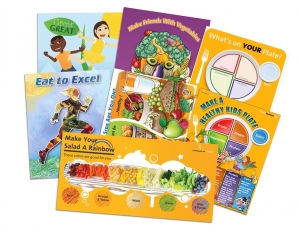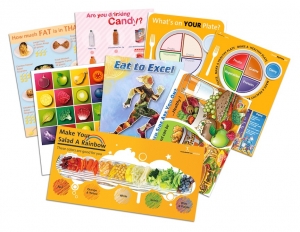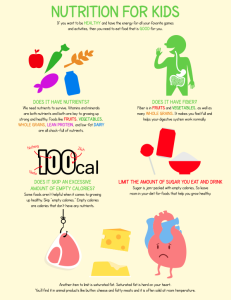I had a mission. I was going to take pictures of all 1,000 recipes in the free recipe database.
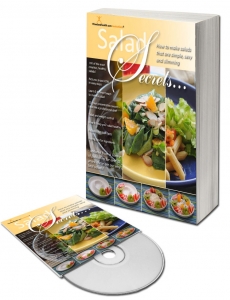
Salad Secrets Cookbook and Demo Set
It didn’t seem especially daunting. I figured that I would print a copy of each recipe, then sort everything into piles of similar recipes. I would tackle salads, then fruits, pasta, rice, chicken, fish, veggies, beans, soups, holidays, desserts, etc.
As I began to sort, I was blown away by the hundreds and hundreds of salad recipes. There seemed to be way more salads than anything else. In fact, we had roughly 10 times the number of salads than recipes in any other category.
Since I had so many healthful salad recipes, I decided to take pictures of those first.
Little did I know that this would take a whole summer.
You see, once I started taking pictures of the salads, I got a little sidetracked. There were just so many wonderful recipes to share. I ended up putting all the salad recipes into a book and combining them with an instruction set. That’s how Salad Secrets was born.
I also posted some of my favorite salads and presentation tips on the Food and Health blog, and they quickly became some of the most popular posts I’d ever written. I shouldn’t really have been surprised — who doesn’t want to learn about healthful new ways to make tasty and creative salads?

Carrot Cake Salad from the Salad Secrets Cookbook
One of my best salad features was the carrot cake salad. It uses the same spices as carrot cake and can be served dessert-style in a stemmed glass. I was so pleased with the resources that I’d made to help people fall in love with salad. In fact, that delight soon led to the creation of a nutrition poster called Fall in Love with Salad.
Who knew that all of those wonderful nutrition education materials would come out of a simple photography project?
Of course, I eventually did get back on track. I finished my pile of salads, and you can see the recipes (with photos!) in the salad section of the free recipe database.
Once the salads were done, I decided to tackle fruit.
Well, that was my intention.

Home Run Cooking Book and Demo Program
The recipes just kept inspiring me, and before I knew it, I had compiled my favorite show-stopping fruit desserts into Fruit Tooth, a cookbook that helps people turn a sweet tooth into a “fruit tooth” with simple and delicious fruit desserts.
At that point, I decided to roll with it, turning the holiday recipes into Holiday Secrets, my best healthful holiday cooking book yet. That was quickly followed by the Home Run Cooking Book, which is basically a compilation of my very favorite recipes that I’ve ever created.
So, here we are in 2014, and I’ve still got a few stacks of recipes to photograph. Plus, I’m constantly adding new and exciting recipes to the database, which means that my to-do list is always growing.
But really, I’m sure I’ll finish it all any minute now.
By Judy Doherty PC II and Founder of Food and Health Communcations
PS Because I love you, here’s a free handout with one of my latest salad creations, the Chicken Fajita Salad. Get your copy today!
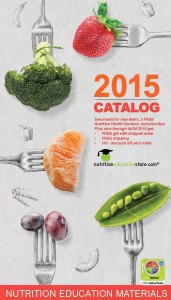
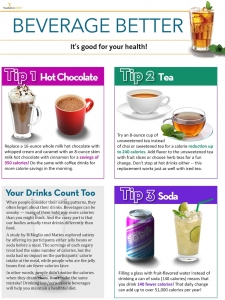
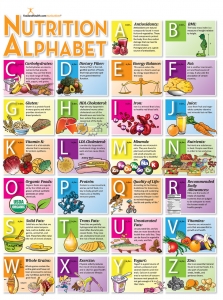
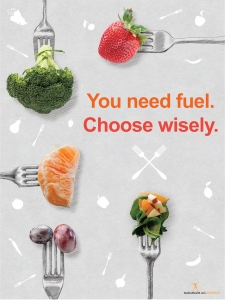
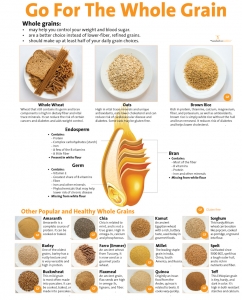
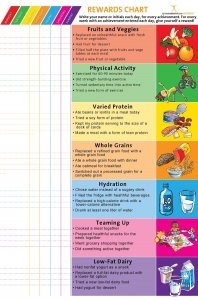
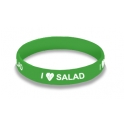



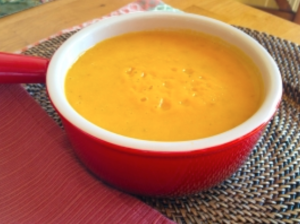
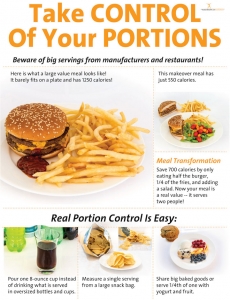

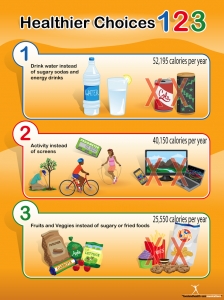
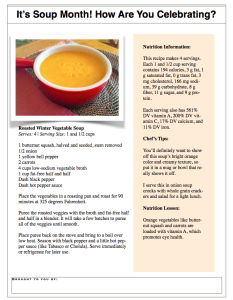
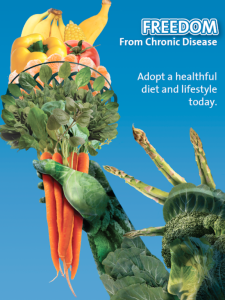
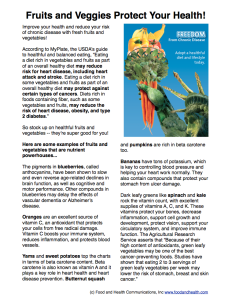

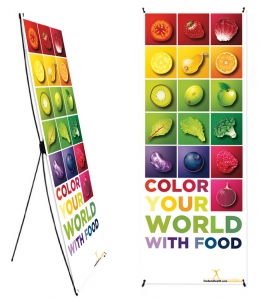
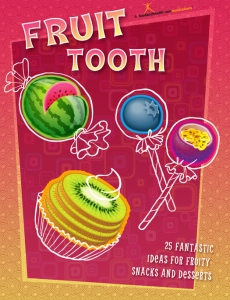
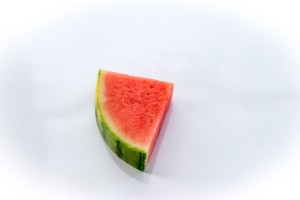
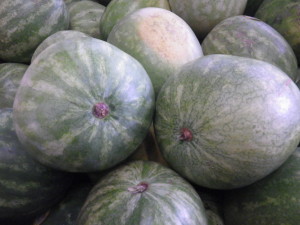
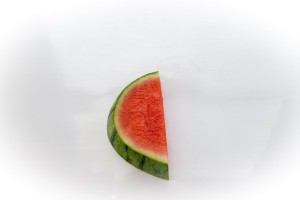

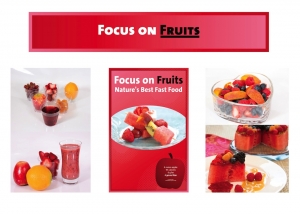
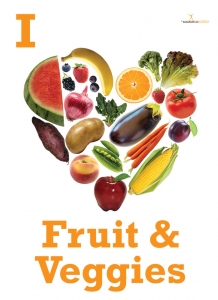

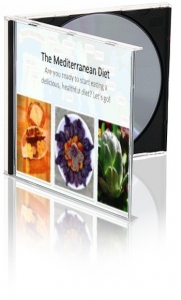

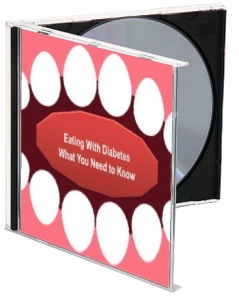




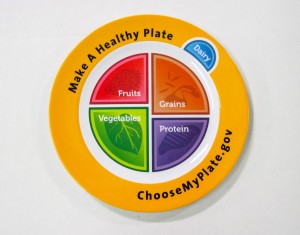
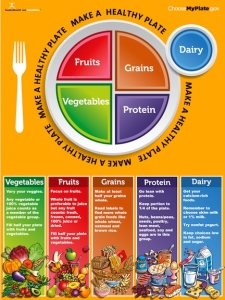
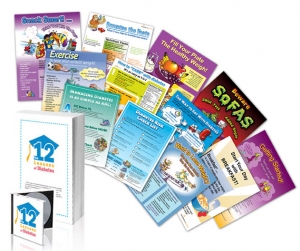




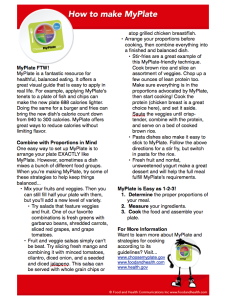

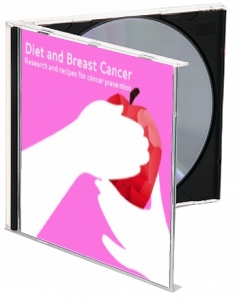
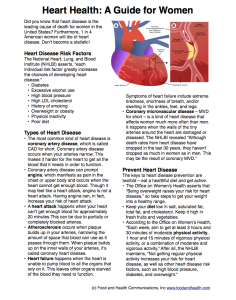
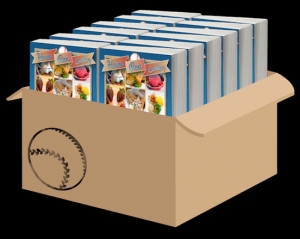

 The poster bundles we have in the store are some of our very top sellers, and we’re always getting rave reviews from happy customers (check out the testimonial page for details). Since these bundles are so popular, we’re always looking for ways to combine our posters in order to make the most effective nutrition education materials.
The poster bundles we have in the store are some of our very top sellers, and we’re always getting rave reviews from happy customers (check out the testimonial page for details). Since these bundles are so popular, we’re always looking for ways to combine our posters in order to make the most effective nutrition education materials.